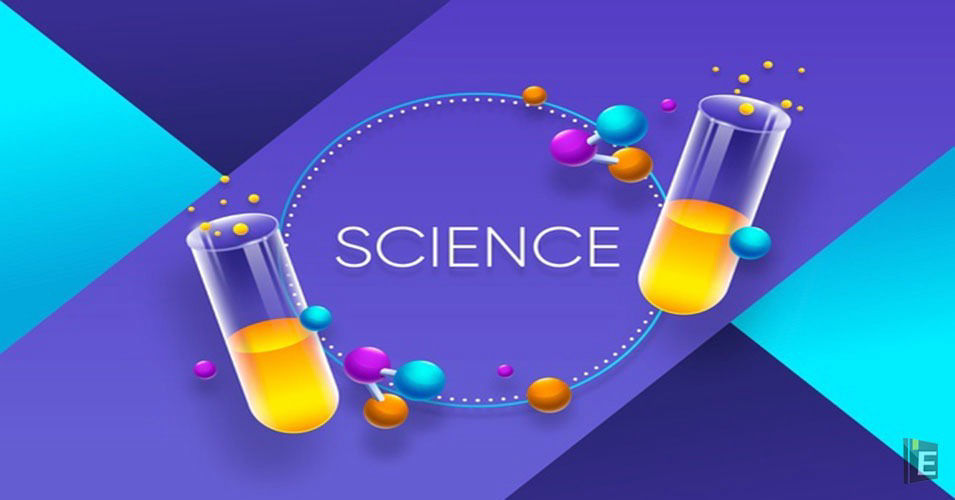Top 500 General Science GK Questions

occurs in the human eye?
(A) concave lens
(B) convex mirror
(C) convex lens
(D) concave mirror
Correct Answer : C
Explanation :
convex lenses are used in the human eye to help focus light onto the retina, allowing us to see clearly. The natural lens in the human eye is flexible and can change its shape, allowing it to adjust the focal length and focus on objects at different distances. This process is called accommodation and is essential for clear vision.
What is the end product of anaerobic respiration?
(A) fumaric
(B) pyruvic acid
(C) lactic acid
(D) Water
Correct Answer : C
Explanation :
lactic acid is one of the end products of anaerobic respiration in humans and some other organisms. During anaerobic respiration, which occurs in the absence of oxygen, glucose is partially broken down to generate energy. In the absence of oxygen, cells can convert pyruvate, a product of glycolysis, into lactic acid. This process, called lactic acid fermentation, helps generate energy in the absence of oxygen but also leads to the accumulation of lactic acid, causing muscle fatigue and soreness.
Who used the word histology for the first time?
(A) Memon
(B) schleiden
(C) robert hook
(D) Mayor
Correct Answer : D
Explanation :
The term "histology" was first used by the French physician Marie François Xavier Bichat, but it was popularized and introduced into English by the Swiss anatomist Karl Wilhelm von Nägeli in the early 19th century.
The junction between the axon of one neuron and the dendrite of the next is called
(A) A joint
(B) A synapse
(C) Constant bridge
(D) Junction point
Correct Answer : B
Explanation :
The junction between the axon of one neuron and the dendrite (or cell body) of the next neuron is called a synapse. At the synapse, electrical or chemical signals are transmitted from one neuron to another or to an effector cell, such as a muscle cell or gland cell. Synapses play a crucial role in the transmission of nerve impulses within the nervous system.
Which of the following substances is insoluble in water?
(A) Salt
(B) Sugar
(C) Chalk powder
(D) Milk
Correct Answer : C
Explanation :
Chalk powder, which primarily consists of calcium carbonate, is relatively insoluble in water. While it can react very slowly with water over time to form soluble calcium bicarbonate, the solubility of chalk powder in water is extremely low, making it effectively insoluble for most practical purposes.
The two planets which have no satellites are:
(A) Mercury and Mars
(B) Venus and Mars
(C) Earth and Uranus
(D) Mercury and Venus
Correct Answer : D
Explanation :
Mercury and Venus are the two planets in our solar system that do not have any natural satellites (moons).
Why do cat's eyes glow at night?
(A) because of the special lens
(B) no clear cause known
(C) due to gene effect
(D) due to tapetum lucidum
Correct Answer : D
Explanation :
Cats (and many other animals) have a layer of cells behind their retinas called the tapetum lucidum. This layer enhances night vision by reflecting light that passes through the retina back into the eyes. When light enters the eye, some of it is absorbed by the retina's cells, allowing the brain to process visual information. However, the tapetum lucidum reflects the remaining light back through the retina, giving the photoreceptor cells a second chance to detect the light. This reflection of light enhances their night vision capabilities and is what causes a cat's eyes to appear to glow in the dark or in low light conditions.
What is the image formed by a plane mirror?
(A) real
(B) Dreamy
(C) Reverse
(D) None of these
Correct Answer : B
Explanation :
The image formed by a plane mirror (also known as a flat mirror) is called a "virtual image." A virtual image is an image that is not real but appears as if it were. It is formed behind the mirror, and it appears to be the same size as the object being reflected. This image is upright (erect) and reversed from left to right, but it is not a tangible object; it exists as a result of the way light rays reflect off the mirror's surface.
Is a mirror always an erect image of a real object?
(A) flat, convex, concave
(B) flat, concave
(C) Convex Concave
(D) flat, convex
Correct Answer : D
Explanation :
Flat Mirror (or Plane Mirror): Reflects light without distorting the image. The image formed is erect (upright) and of the same size as the object, but reversed from left to right.
Convex Mirror: Also produces an erect image. The image formed is virtual (cannot be projected onto a screen), smaller than the actual object, and upright.
Both flat and convex mirrors can create upright (erect) images of real objects.
What type of light beam is obtained from torch?
(A) parallel beam
(B) convergent beam
(C) diverging beam
(D) all of the above
Correct Answer : B
Explanation :
A torch emits a divergent light beam, where light rays spread out as they move away from the source. This spreading allows the flashlight to illuminate a wider area, making it useful for various tasks. Divergent beams are common in flashlights, ensuring efficient coverage and visibility in the dark.



